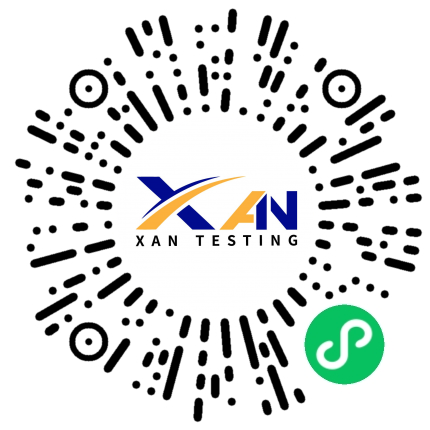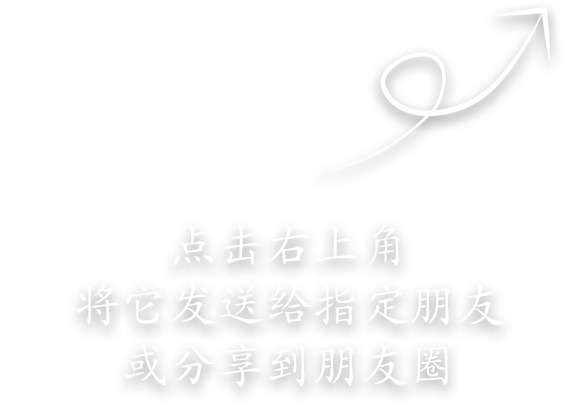-
Mobile Version
Scan with Mobile
- Member Center


RoHS Directives 2011/65/EU, (EU) 2015/863 are mandatory standards formulated by EU legislation, and their full name is Directive on Restricting the Use of Certain Hazardous Components in Electronic and Electrical Equipment. In order to protect the environment and people's health, a regulation is introduced to restrict the use of certain harmful substances in electronic and electrical products (called Directive in the European Union).
RoHS1.0 was officially released on February 13th, 2003. Six hazardous substances are restricted: lead (Pb), cadmium (Cd), mercury (Hg), hexavalent chromium (Cr6+), polybrominated biphenyls (PBBs) and polybrominated diphenyl ethers (PBDEs).
RoHS2.0, in 2015, four new items were added, and the number of restricted harmful substances increased to ten: di (2- ethylhexyl) phthalate (DEHP), benzyl phthalate (BBP), dibutyl phthalate (DBP) and diisobutyl phthalate (DIBP).
Relationship between RoHS instruction and CE certification
CE certification is a compulsory certification for EU products, aiming at all products sold in the EU market.
RoHS is a directive under CE certification, and the directive 2011/65/EU on the detection of harmful substances in electronic and electrical appliances is applicable to all electronic and electrical products.
CE certification contains the following instructions:
LVD Low Voltage Directive 2014/35/EU
EMC Electromagnetic Compatibility Directive 2014/30/EU
MD Machinery Directive 2006/42/EC
PPE Personal Protective Equipment Directive (EU)2016/425
CPR Construction Products Directive (EU)305/2011
PED Pressure Equipment Directive 2014/68/EU
LIFT elevator directive 2014/33/EU
EN71 Toy Directive 2009/48/EC
ATEX explosion-proof directive 94/9/EC
RoHS Hazardous Substances Restriction Directive 2011/65/EU
MDR Medical Device Directive 2017/745/EU
RED wireless equipment directive 2014/53/EU
RoHS certified product range
RoHS directive controls almost all electronic and electrical equipment, and RoHS directive also includes cables and spare parts for maintenance, reuse or capacity increase.
Large household equipment
Small household equipment
Information technology and telecommunication equipment
Consumer equipment
lighting equipment
Electronic and electrical equipment tools
Toys, leisure and sports equipment
Medical equipment
Monitoring and control equipment, including industrial monitoring and control equipment.
vending machine
Any other electronic and electrical equipment products that are not within the above categories.
/
Requirements for RoHS certification
In the following limit requirements, ppm is a concentration unit expressed by the ratio of solute mass to total solution mass, also known as ppm concentration. 100 ppm=0.01%。 1000 ppm=0.1%。
01. cadmium (Cd) <100ppm0.01%
02. Lead (Pb) <1000ppm0.1%
03. Mercury (Hg) <1000ppm0.1%
04. Cr VI) <1000ppm0.1%%
05. Polybrominated biphenyls (PBB) <1000ppm0.1%
06. PBDE) <1000ppm0.1%%
07. Di (2- ethylhexyl) phthalate (DEHP) <1000ppm0.1%
08. Benzyl phthalate (BBP) <1000ppm0.1%
09. dibutyl phthalate (DBP) <1000ppm0.1%
10. Diisobutyl phthalate (DIBP) <1000ppm0.1%
Note: RoHS2.0 directive has been included in the scope of CE certification, so now RoHS2.0 needs to be evaluated according to CE conformity assessment procedures, issue CE-RoHS certificate or self-declaration, and affix CE certification mark on the product itself or the outer packaging.
China pushes RoHS certification requirements
RoHS, which is promoted by China, is a certification system with unified and standardized management. Its full name is Voluntary Certification for Pollution Control of Electronic Information Products.
The purpose of this standard is to reduce or eliminate six substances in electronic information products, including lead, mercury, cadmium, hexavalent chromium, polybrominated biphenyls and polybrominated diphenyl ethers. This standard certification is applicable to the whole machine, components, parts and components, materials and other products.
RoHS certification materials
1. Application form, instruction manual or user manual;
2. 1-3 samples;
3. Circuit schematic diagram and bill of materials (BOM);
4. Only carry out heavy metal detection: about 5-10g for solid and 5-10ml for liquid;
5. Only brominated flame retardants shall be tested: about 10-20g for solid and 10-20mL; for liquid;
6. Test other organic pollutants: provide about 30g samples;
7. Conduct detection of organic pollutants emitted by heavy metals: provide about 20-30g samples;
8. Only the samples of the coating (coating) shall be tested, and the approximate weight of the material parts of the coating (coating) shall be indicated; If the weight of the coating (coating) can't meet the requirements of sample delivery, the coating (coating) raw materials shall be provided;


